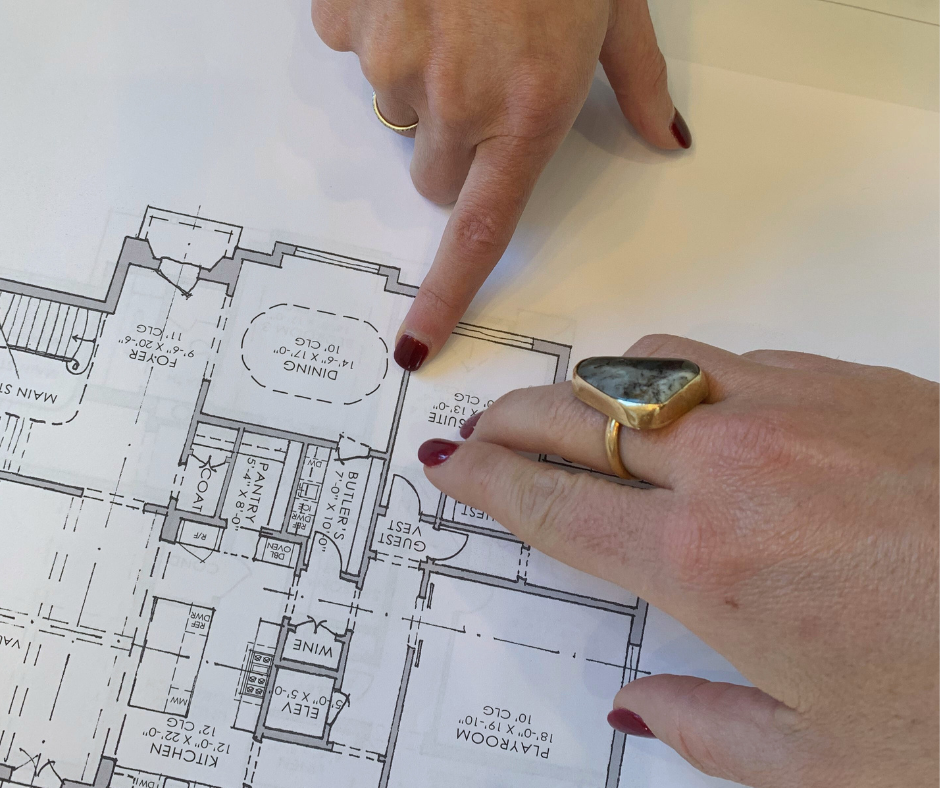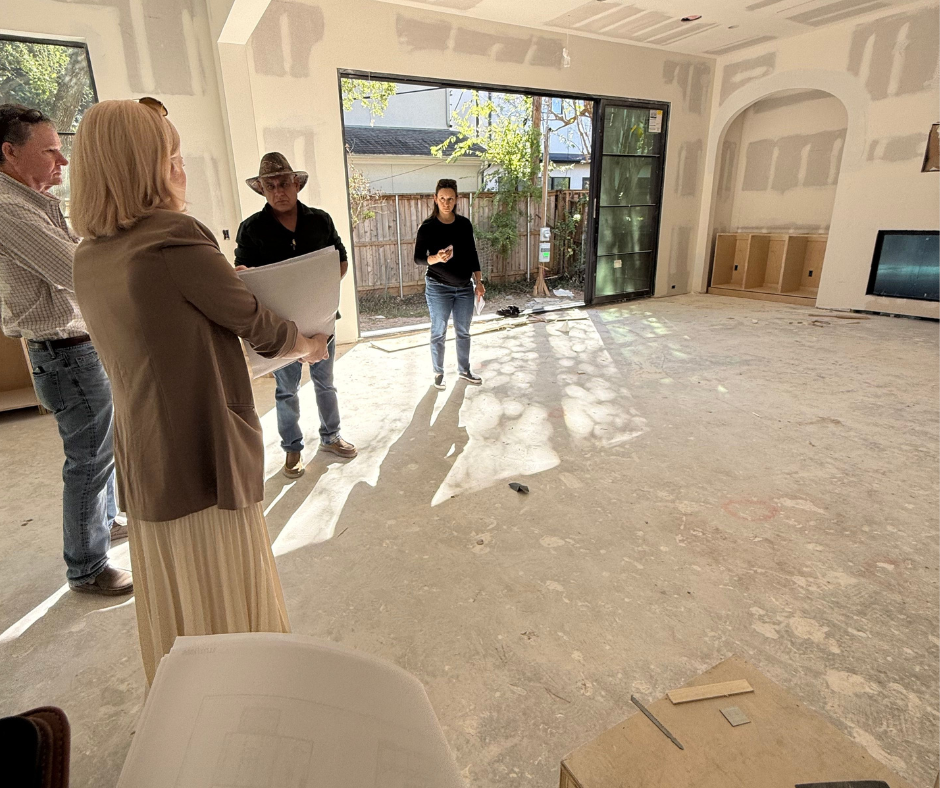
Will You Need an Architect’s License to Conduct Structural Renovations in California?
Summary
Interior designers in California can legally handle nonstructural interior work—think finishes, cabinetry, lighting, and layouts—but structural renovations require a licensed architect or engineer. If your project involves modifying load-bearing walls, foundations, or anything seismic, the law mandates that drawings be prepared and stamped by a licensed architect. To offer full-service renovations in-house, studios must either partner with or employ a licensed architect, or restructure as a design-build firm with appropriate licensure. Understanding the boundaries between design and architectural practice is essential to staying compliant while expanding your studio’s offerings.
Reflection Questions
Is your studio currently offering services that might legally fall into the category of architectural practice?
Could hiring or partnering with a licensed architect open new doors for your business—or create operational challenges?
Are you personally interested in pursuing architectural licensure, or would a collaborative model better suit your long-term studio goals?
Journal Prompt
As an interior designer in California, where do I draw the line between my creative vision and my legal scope of work? How might expanding into structural renovations—either through partnership or licensure—transform the way I serve clients, lead my studio, and define my professional identity?
You’ve built a thriving interior design studio in California. You have a tight-knit team, a gorgeous aesthetic, and clients who trust you with their homes—top to bottom and everywhere in between. Naturally, the next question is: Can we bring structural renovations in-house? That means not just picking finishes and finessing floor plans but also removing walls, reworking layouts, and reimagining space at the structural level—without outsourcing to an architect. Here’s what you need to know before you reach for that sledgehammer (or submit those plans to the building department).
The Legal Line Between Interior Design and Architectural Practice

In California, the line between what an interior designer can legally do versus what requires a licensed architect is sharply defined by the California Architects Board (CAB). While interior designers play a major role in shaping residential and commercial interiors, they are not licensed by the state to practice architecture. However, they may become Certified Interior Designers (CIDs) through the California Council for Interior Design Certification (CCIDC)—a voluntary credential that enables professionals to work on nonstructural and nonseismic interior alterations.
Here’s What CIDs Can Do in Cali
Certified Interior Designers are permitted to design and submit plans for aesthetic updates, cabinetry, lighting, and spatial layouts that don’t affect the building’s load-bearing systems or safety features. But when it comes to making changes that impact structural elements—such as removing or relocating a load-bearing wall, enlarging a window opening, or modifying the roofline—a CID or unlicensed designer may not proceed independently.
The law is explicit: plans that involve structural changes must be prepared and stamped by a California-licensed architect or registered structural or civil engineer. Submitting such plans without proper licensure can result in project delays, permit rejections, or worse—legal penalties and liability exposure. Without someone with an architect license, California will not allow you to provide the services required for structural renovations.
What It Takes to Practice Architecture in California

Becoming a licensed architect in California is a multi-step process, and it’s important for interior designers considering in-house expansion to understand what that path entails. First and foremost, the profession is governed by the California Architects Board, the state’s official regulatory authority for architectural licensure. To legally practice, applicants must meet specific requirements in education, experience, and examination.
Start with an NAAB Degree
The path to licensure typically begins with completing a National Architectural Accrediting Board (NAAB)-accredited architecture degree or an equivalent foreign credential evaluated for U.S. standards. Candidates must then document work experience through the NCARB Architectural Experience Program (AXP), previously known as IDP. The NCARB program requires approximately 3,740 hours across various practice areas.
Fuel your creative fire & be a part of a supportive community that values how you love to live.
subscribe to our newsletter
*please check your Spam folder for the latest DesignDash Magazine issue immediately after subscription

Take the ARE
Next comes the Architect Registration Examination (ARE), a multi-division national exam administered by the National Council of Architectural Registration Boards (NCARB). After passing the ARE, candidates must also complete the California Supplemental Examination (CSE)—a state-specific test that assesses familiarity with seismic safety, accessibility codes, environmental conditions, and California regulatory procedures.
Apply for Licensure
Only after successfully completing these steps—and submitting all required forms, fees, and data—can an individual apply for licensure to practice architecture in the state. The process may take several years, even for applicants with a graduate degree and prior industry experience.
For those already licensed in another jurisdiction, reciprocal licensure is possible, but still requires candidates to pass the California Supplemental Examination and submit a full application file to the Board.
Can a Design Studio Offer Structural Services Without a Licensed Architect?

If you’re a studio owner or lead designer who wants to offer structural renovation as part of your service offerings, your studio must legally include a licensed architect. You cannot simply expand your scope and submit structural plans without proper credentials. Doing so would mean practicing architecture without a license, a violation of California law.
That said, there are legitimate ways to expand your services while remaining fully compliant with state laws.
Building a Legally Compliant In-House Architecture Team
The first and most direct option is to employ or partner with a California-licensed architect. This individual must hold a valid license issued by the California Architects Board, having completed all the requirements including education, experience, registration, and both the ARE and CSE exams.
By having a licensed architect in-house, your studio becomes eligible to offer architectural services under their supervision and authority. However, it’s important to note that the firm itself must be structured correctly to offer such services—meaning you may need to register your business as a professional architecture corporation or meet eligibility criteria for design firms in California.
You must also ensure that all submitted plans involving structural changes are prepared, reviewed, and signed by this licensed architect. The CAB provides guidance on acceptable business structures and the necessary applications for professional firms that want to practice architecture as a corporation or LLC.
Expanding to a Design-Build Model
Some California design firms opt to take things even further by evolving into design-build studios. This often involves registering as a general contractor and assembling a team that includes both licensed architects and licensed contractors. With this structure, you can manage the entire renovation process—from concept to construction—in-house.
However, it also requires compliance with California State Contractors License Board (CSLB) regulations, insurance and bonding requirements, and often, higher operational overhead. Still, the rewards can be substantial in terms of client trust, project control, and revenue expansion.
Join us for the focus & Flex challenge
Staying in Your Lane While Maximizing Value
For studios that don’t wish to pursue architectural licensure or restructure into a design-build firm, there’s still tremendous value in focusing on the full scope of interior design within legal boundaries. Mastering the nonstructural realm of design—everything from finishes to spatial flow to millwork and lighting—can result in stunning transformations without ever touching a load-bearing beam.
Clients often appreciate the clarity of scope, and when you collaborate effectively with outside licensed professionals, you retain design control while staying fully compliant with state law.
What California Really Requires—Straight from the Source

Across the state, cities and counties rely on the California Building Standards Code, which enforces that all plans for structural alterations be signed and stamped by a licensed architect or engineer. The City of Menifee, among others, explicitly states this requirement in its permitting documentation, reflecting consistent enforcement statewide.
The California Architects Board also makes clear that only licensed professionals may submit plans for projects that impact a building’s structure, fire safety, or accessibility features. Attempting to submit such plans without proper qualifications may result in your application being rejected—and in some cases, fines or disciplinary action.
Fuel your creative fire & be a part of a supportive community that values how you love to live.
subscribe to our newsletter
*please check your Spam folder for the Mid-Career Switch Quiz after subscription

Final Thoughts: Interior Design Studios and the Path to Integrated Services
Interior designers in California are always being asked to do more. Clients want seamless services, start-to-finish management, and design decisions that flow all the way from the tile to the trusses. But if you want to take on that full role, you need to understand the licensure process, the legal limits of your certification, and how to build the right partnerships.
Whether you decide to hire a licensed architect, restructure your firm, or pursue licensure yourself, the important thing is staying informed and compliant. The NCARB Certificate, ARE, AXP, and California Supplemental Exam might sound like a lot—but they are the gatekeepers to legally offering comprehensive design-build services.
Until then, your CID designation is still powerful. Just know where the line is—and who you need on your team to cross it legally.









